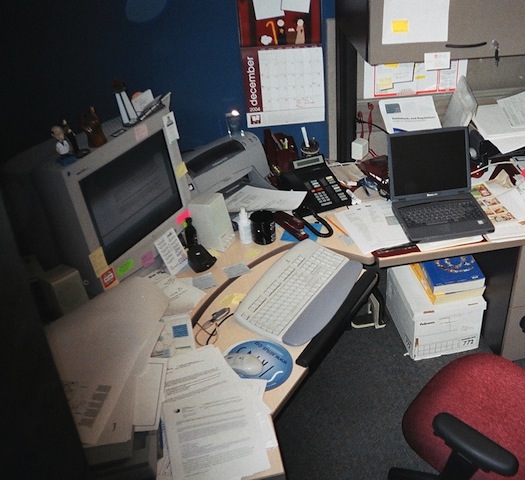Medical Offices

There are many work-based situations which demonstrate how consolidated technologies can together create paperless environs. One significantly affected sector is the medical profession. Keeping patient records remains a massive undertaking, but with the integration of electronic databases, voice recognition software, wireless headsets and web based management systems, the paperless medical office is edging closer to reality.
Advantages
- Office technologies can reduce the man hours required for everyday tasks and therefore save time and money.
- Wireless headsets give staff the freedom to move around the office while working, allowing for multi-tasking.
- The integration of compatible technologies can remove the need to store huge amounts of paper information.
Disadvantages
- Relying on a computer screen removes the ability to use multiple display surfaces, as only one page can be viewed at a time. This removes the ability to cross-reference which is very important in medical offices. Often a patient needs to see more than one screen at a time.
- Many office workers distrust paperless technologies, and will therefore retain paper records despite the new technology. In such cases, both time and space requirements are increased. Similarly, some fear that digital technologies will result in increased workloads.
- It is far easier to steal delicate and personal information that has been stored electronically. While a thief may steal a CD or laptop, a filinf cabinet is not so easy to spirit away. This can potentially create stolen identity situations.
- Despite saving time, if information is lost it is lost and by necessity must be recreated, regardless of wether the original was digital or physical.
